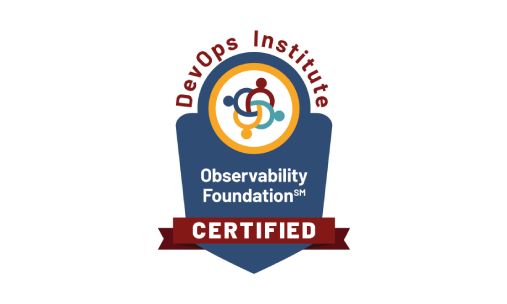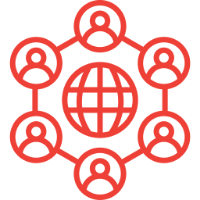Home > Trainings > Observability Foundation
Observability Foundation
Microservices and cloud-native architectures have been goals of many organizations to help increase speed and agility, but as complexity grows, systems become increasingly challenging to build observability best practices

Features
16 hours of Instructor-led training classes
Share relevant Industry Insights
Shares real-world experience
Course Objective
At the end of the course, the following learning objectives are expected to be achieved:
- Practical view of how to successfully implement a flourishing Observability culture in your organization
- The underlying principles of Observability and an understanding why monitoring on its own will not provide the required results in microservices based containerized environments
- Understanding the three pillars of Observability
- Adopting open Telemetry standards helps achieve innovation and distributed tracing in a seamless manner
- Observability Maturity Model and the measurement of practical observability
- Implementing full stack Observability and distributed tracing will enable a DevSecOps culture ©DevOps InstituteOBSF v1.0 Course Description
- Curating Observability using AI to move from reactive to proactive and predictive incident management. Also, how you use DataOps to build a clean data lineage of observable data.
Course Agenda
Module 1:
- Exploring Observability
Module 2:
- Pillars of Observability
Module 3:
- Open Source Landscape for Observability
Module 4:
- Service Maps and Topology
Module 5:
- DataOps Helps Get Observability Right
Module 6:
- Building Observability with AIOps
Module 7:
- Security and Networking with Observability
Module 8:
- Observability Practices for DevOps and SRE
Exam & Certification
Successfully passing (65%) the 60-minute examination, consisting of 40 multiple-choice questions, leads to the Observability Foundation certificate. The certification is governed and maintained by DevOps Institute.
FAQs
Are there any pre-requisites for this course?
It is highly recommended that learners attend the SRE Foundation course. An understanding and knowledge of common SRE terminology, concepts, principles and related work experience are recommended.
How do I need to take the exam?
TaUB Solutions will request the examinations together with your registration. The exam will be taken at the end of the course. Results are available within 5 working days.




